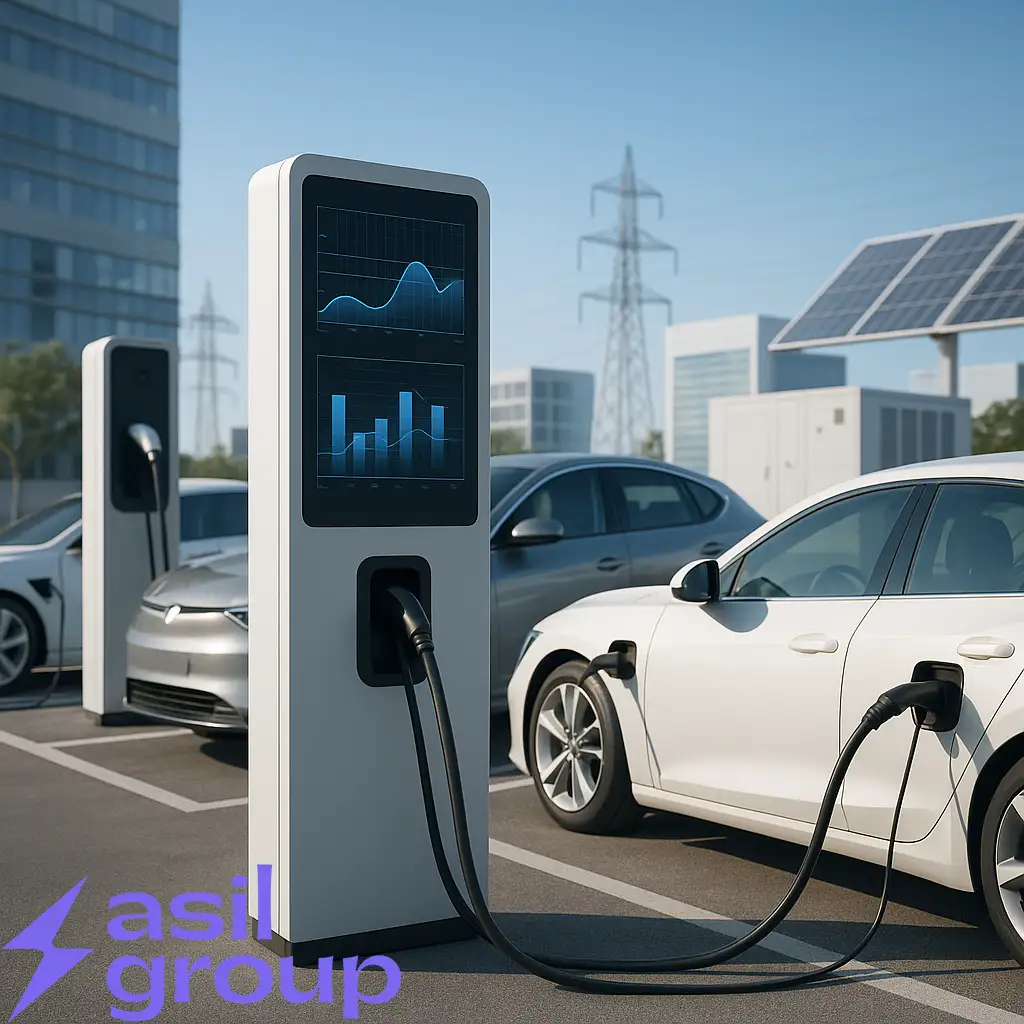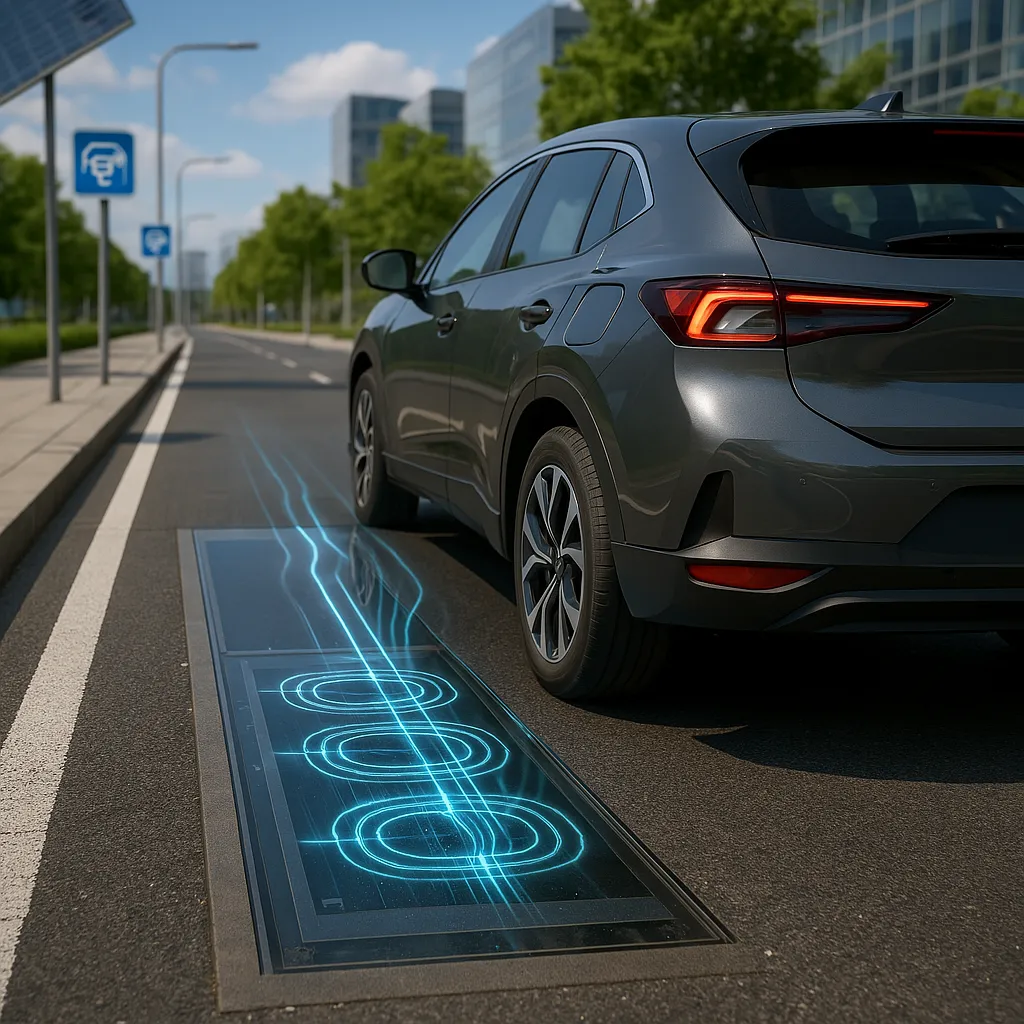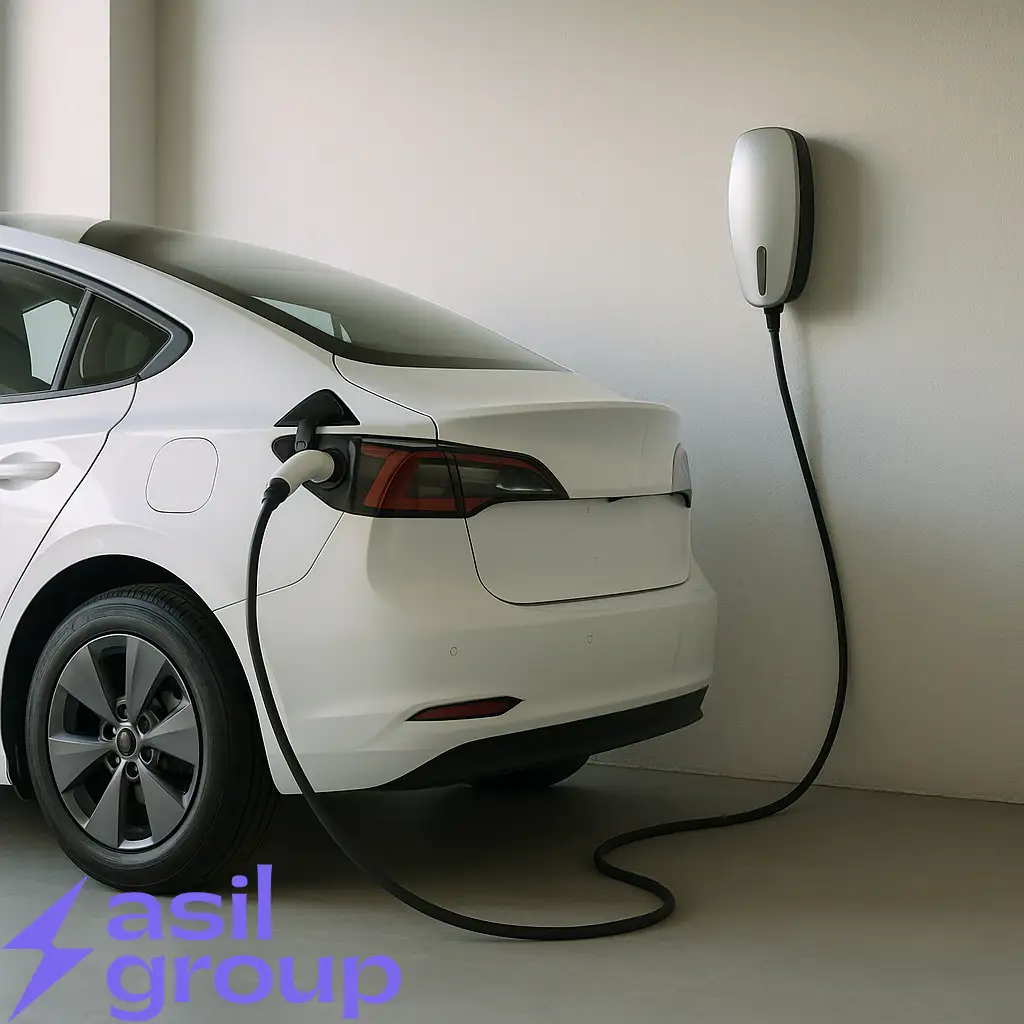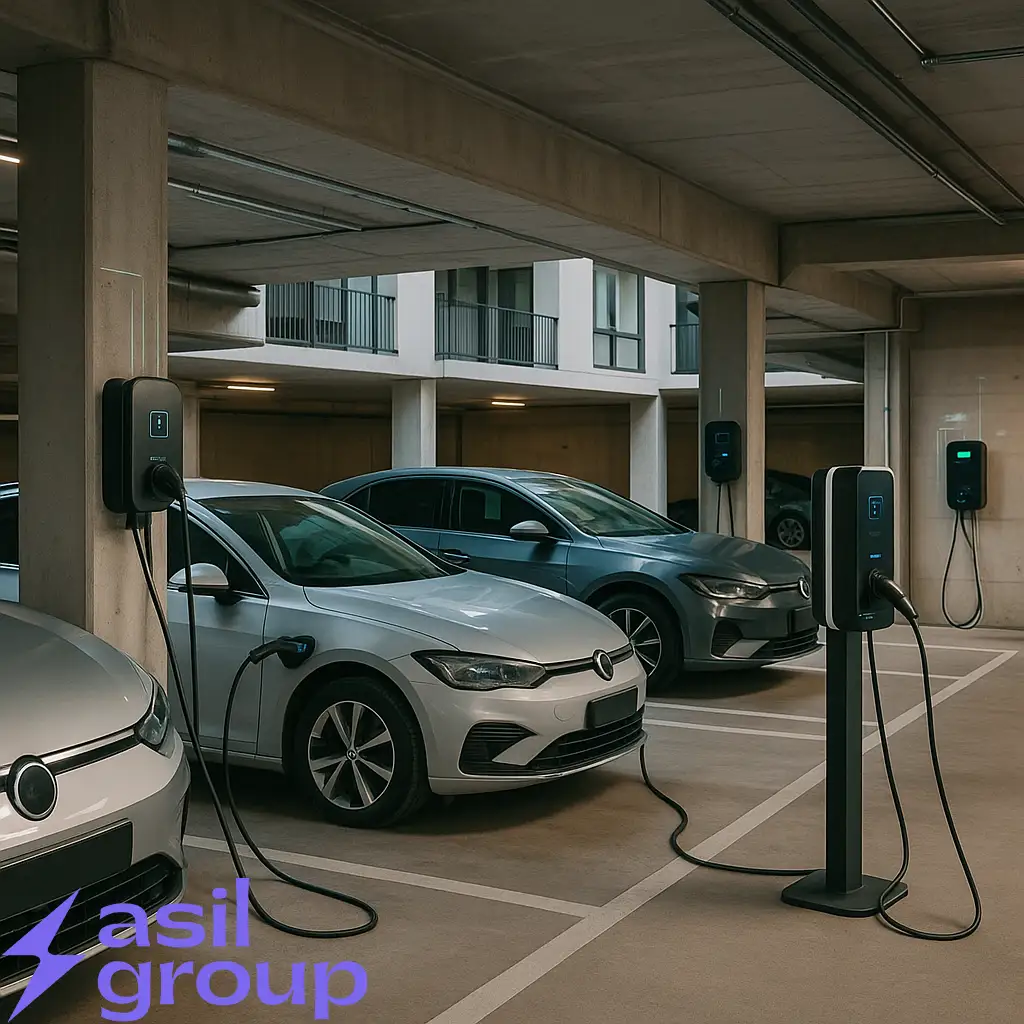
Smart Load Management in EV Charging Networks
Back to all posts As electric vehicle (EV) adoption accelerates globally,

As the world shifts to clean transportation, dynamic wireless charging is emerging as a breakthrough solution. It allows electric vehicles (EVs) to charge while driving. Unlike traditional EV charging stations that require vehicles to stop, this system uses inductive coils in roads to send energy to moving vehicles. With EV demand rising and range anxiety growing, dynamic EV charging offers continuous and convenient power.
Dynamic wireless charging, or dynamic inductive charging, transfers energy to EVs through coils placed under the road. It eliminates the need for plugs and parking during charging. The system is ideal for highways, city streets, and transit routes.
Coils are embedded under road surfaces.
When an EV with a receiver passes over them, a magnetic field activates.
The field wirelessly transfers energy to the EV battery.
Smart controls manage the system and vehicle communication.
This system helps reduce range anxiety. EVs can charge while driving, so they rarely run out of power.
With frequent charging, EVs don’t need large batteries. This lowers costs and vehicle weight.
Electric buses and taxis can charge at stops or while waiting. It keeps services running without delay.
Dynamic charging reduces crowding at fixed public EV charging stations. It uses existing roads to support more EVs.
These systems work well with solar roads and renewable grids. They support greener transportation.
Sweden is building electric roads to power trucks and buses. Plans include expanding to major freight routes by 2030.
Korea uses OLEV technology on transit routes and campuses. It powers EVs through road-embedded coils.
Tech companies like Electreon and InductEV are testing this in cities such as Detroit and Munich.
Road coils, converters, and control systems are expensive. Maintenance adds more cost.
EV makers use different systems. Industry-wide standards are needed for full compatibility.
Soil type and road material can limit use. The magnetic fields must not disrupt signals.
Battery improvements and green policies support this technology. Future trends include:
AI-powered smart grids to manage energy use.
5G and IoT integration for real-time updates.
Expansion into urban, highway, and logistics areas.
Dynamic wireless charging is transforming how electric vehicles receive power, offering real-time charging capabilities that solve major EV adoption challenges like range anxiety, battery size limitations, and charging congestion. As this innovative technology advances, it is set to become a cornerstone of smart, sustainable cities.
Asil Group is actively monitoring the evolution of dynamic wireless EV charging and its role in the global transition to electric mobility. As part of our commitment to offering cutting-edge, scalable, and sustainable EV charging infrastructure, we continue to explore next-generation technologies that make EV adoption more accessible, efficient, and future-ready.

Back to all posts As electric vehicle (EV) adoption accelerates globally,

Back to all posts As electric vehicles (EVs) become more popular,

Back to all posts As electric vehicles (EVs) become more common,

Back to all posts As electric vehicle (EV) adoption accelerates globally,

Back to all posts As electric vehicles (EVs) become more popular,
Asil Group offers cost-effective and eco-friendly EV transportation solutions. We focus on convenience with AC chargers, DC fast chargers, and Wallbox chargers, serving premium locations and enhancing quality of life with smart, sustainable EV charging.
Asil Group offers cost-effective and eco-friendly EV transportation solutions. We focus on convenience with AC chargers, DC fast chargers, and Wallbox chargers, serving premium locations and enhancing quality of life with smart, sustainable EV charging.
Asil Group offers cost-effective and eco-friendly EV transportation solutions. We focus on convenience with AC chargers, DC fast chargers, and Wallbox chargers, serving premium locations and enhancing quality of life with smart, sustainable EV charging.
Phone: +98 21 22221422
Email: [email protected]